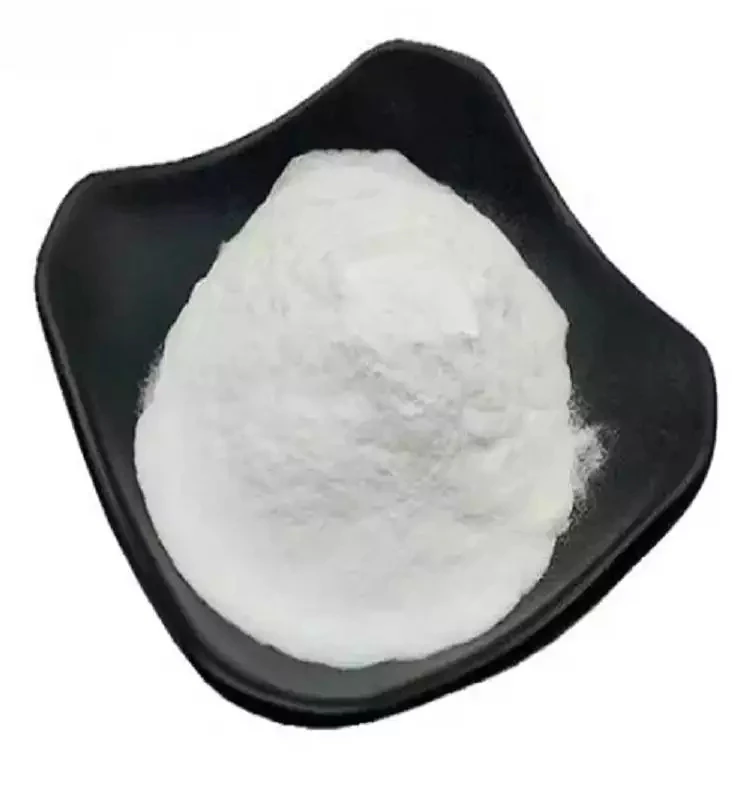 Email: sale@hebeidisha.com
Email: sale@hebeidisha.com
 Tel: +86 13315186550
Tel: +86 13315186550
- Afrikaans
- Albanian
- Amharic
- Arabic
- Armenian
- Azerbaijani
- Basque
- Belarusian
- Bengali
- Bosnian
- Bulgarian
- Catalan
- Cebuano
- China
- China (Taiwan)
- Corsican
- Croatian
- Czech
- Danish
- Dutch
- English
- Esperanto
- Estonian
- Finnish
- French
- Frisian
- Galician
- Georgian
- German
- Greek
- Gujarati
- Haitian Creole
- hausa
- hawaiian
- Hebrew
- Hindi
- Miao
- Hungarian
- Icelandic
- igbo
- Indonesian
- irish
- Italian
- Japanese
- Javanese
- Kannada
- kazakh
- Khmer
- Rwandese
- Korean
- Kurdish
- Kyrgyz
- Lao
- Latin
- Latvian
- Lithuanian
- Luxembourgish
- Macedonian
- Malgashi
- Malay
- Malayalam
- Maltese
- Maori
- Marathi
- Mongolian
- Myanmar
- Nepali
- Norwegian
- Norwegian
- Occitan
- Pashto
- Persian
- Polish
- Portuguese
- Punjabi
- Romanian
- Russian
- Samoan
- Scottish Gaelic
- Serbian
- Sesotho
- Shona
- Sindhi
- Sinhala
- Slovak
- Slovenian
- Somali
- Spanish
- Sundanese
- Swahili
- Swedish
- Tagalog
- Tajik
- Tamil
- Tatar
- Telugu
- Thai
- Turkish
- Turkmen
- Ukrainian
- Urdu
- Uighur
- Uzbek
- Vietnamese
- Welsh
- Bantu
- Yiddish
- Yoruba
- Zulu
Nov . 06, 2024 20:50 Back to list
Biodegradability of Propylene Glycol in Environmental Applications and Its Impact on Sustainability
The Biodegradability of Propylene Glycol Understanding Its Environmental Impact
Propylene glycol, a synthetic organic compound that is colorless and odorless, is widely used in various industries, including food, pharmaceuticals, and cosmetics. While it comes under scrutiny for its environmental impact, the question of its biodegradability is gaining attention. Understanding the biodegradability of propylene glycol and its implications for environmental health is crucial in today's context of increasing environmental consciousness.
The Biodegradability of Propylene Glycol Understanding Its Environmental Impact
The primary reason for the interest in the biodegradability of propylene glycol is its widespread application. In the food industry, it is often used as a humectant, solvent, and preservative, while in pharmaceuticals, it serves as a vehicle for drug delivery. The cosmetic industry also utilizes it for its moisturizing properties. Given its ubiquitous presence, the potential accumulation of propylene glycol in ecosystems raises concerns. However, studies have shown that under normal environmental conditions, propylene glycol is readily biodegradable, breaking down within days to weeks.
propylene glycol biodegradable

One of the key benefits of propylene glycol’s biodegradability is its low toxicity profile. Unlike some other glycol compounds, propylene glycol does not accumulate in the food chain and is generally regarded as safe for human and environmental health. The Environmental Protection Agency (EPA) recognizes propylene glycol as a low-risk chemical, further supporting its widespread use in consumer products. This safety profile contributes to its appeal as an alternative to more harmful substances that can have lasting negative effects on the environment.
While propylene glycol is biodegradable, its environmental impact depends on factors such as concentration and exposure levels. In large quantities, potential toxicity to aquatic life may occur, especially in confined environments where the concentration can be significantly higher. Therefore, thoughtful management of propylene glycol disposal is essential to minimize environmental risks. Industries utilizing propylene glycol must adhere to best practices for waste management, ensuring that it is treated appropriately before being released into ecosystems.
Moreover, the market is gradually shifting towards more sustainable practices, with companies seeking out biodegradable alternatives that fulfill similar functions without contributing to environmental degradation. This movement is partly driven by consumer demand for eco-friendly products. As a result, manufacturers are exploring biobased alternatives that offer similar performance characteristics while enhancing sustainability.
In conclusion, propylene glycol is a widely used compound with established biodegradability, allowing it to break down in natural environments relatively quickly. Its low toxicity and safety profile position it as a popular choice among various industries, particularly in food and pharmaceuticals. However, responsible management practices are critical to mitigate any potential risks associated with its use, especially given the increasing focus on environmental sustainability. As industries continue to innovate towards more sustainable alternatives, understanding the biodegradability of substances like propylene glycol will play an essential role in fostering a healthier ecosystem for future generations. The continuing research and development in this area will ensure that we make informed choices that benefit both human health and the environment.
Latest news
-
Certifications for Vegetarian and Xanthan Gum Vegetarian
NewsJun.17,2025
-
Sustainability Trends Reshaping the SLES N70 Market
NewsJun.17,2025
-
Propylene Glycol Use in Vaccines: Balancing Function and Perception
NewsJun.17,2025
-
Petroleum Jelly in Skincare: Balancing Benefits and Backlash
NewsJun.17,2025
-
Energy Price Volatility and Ripple Effect on Caprolactam Markets
NewsJun.17,2025
-
Spectroscopic Techniques for Adipic Acid Molecular Weight
NewsJun.17,2025